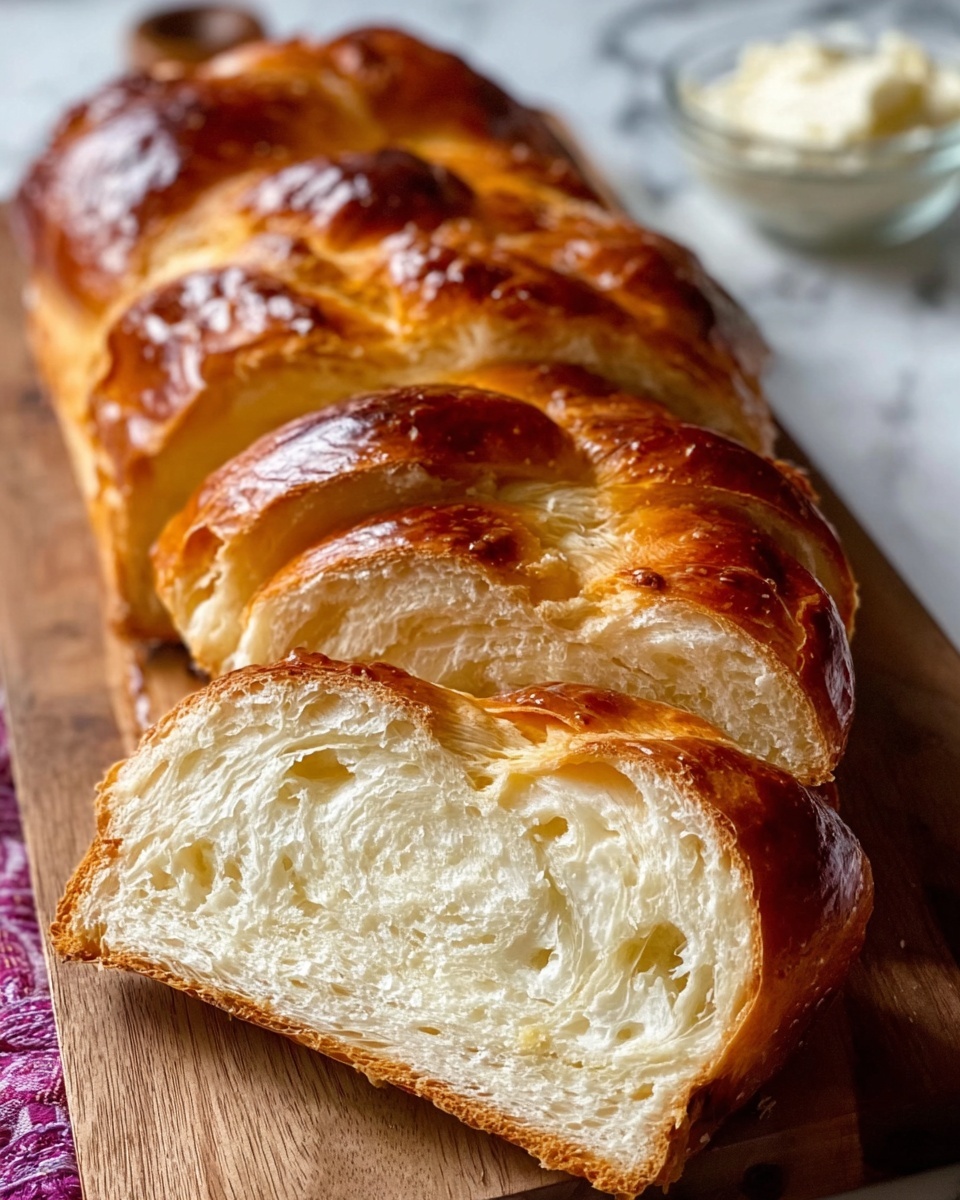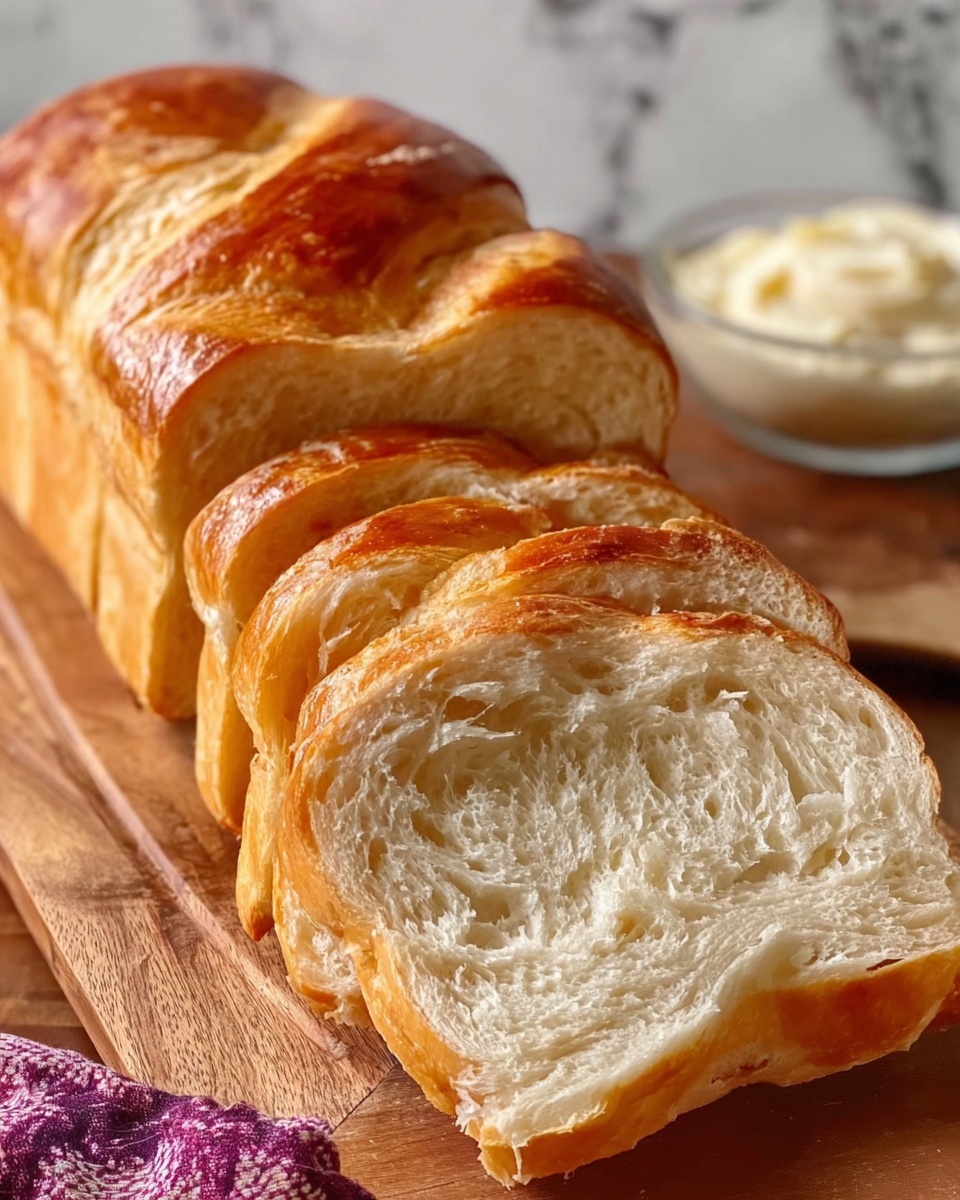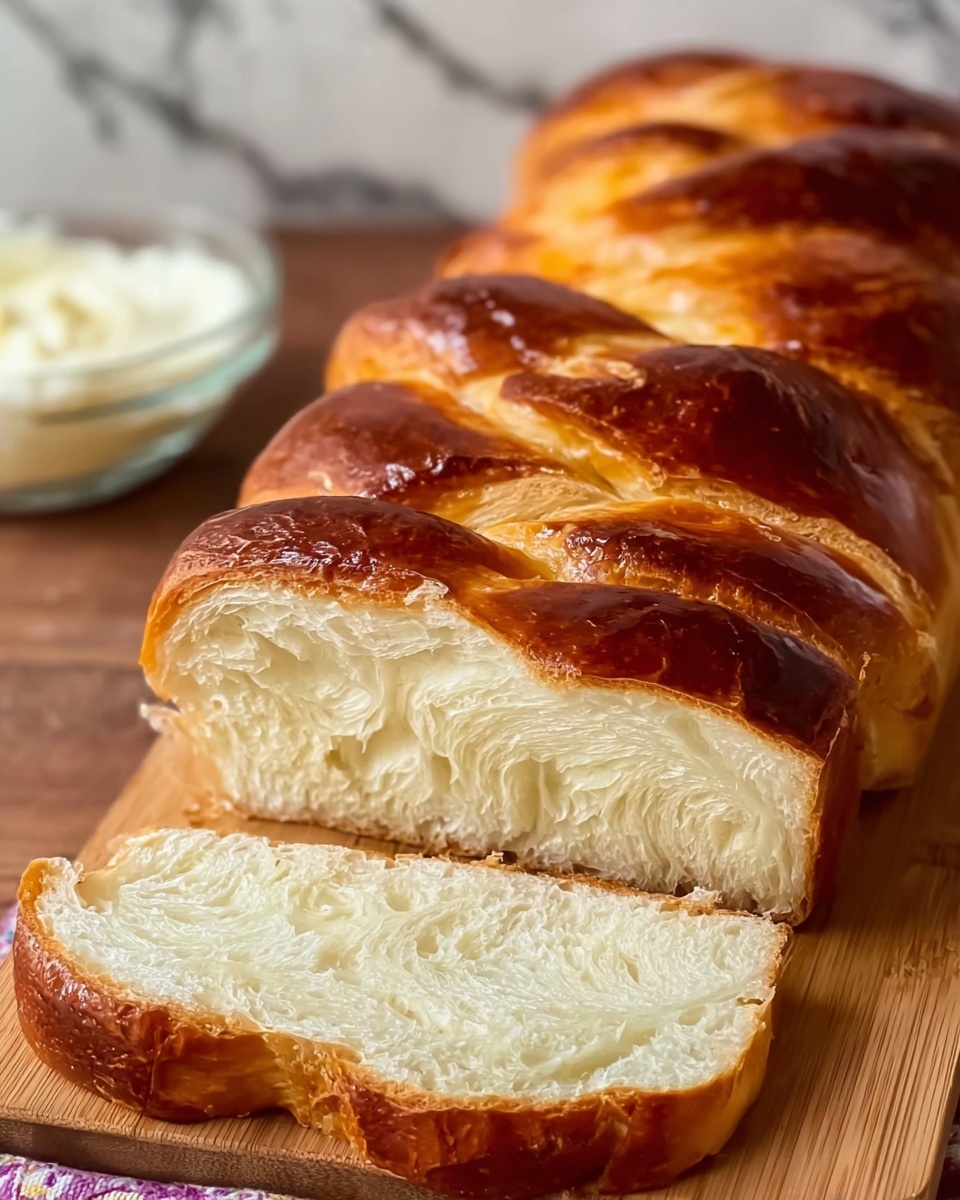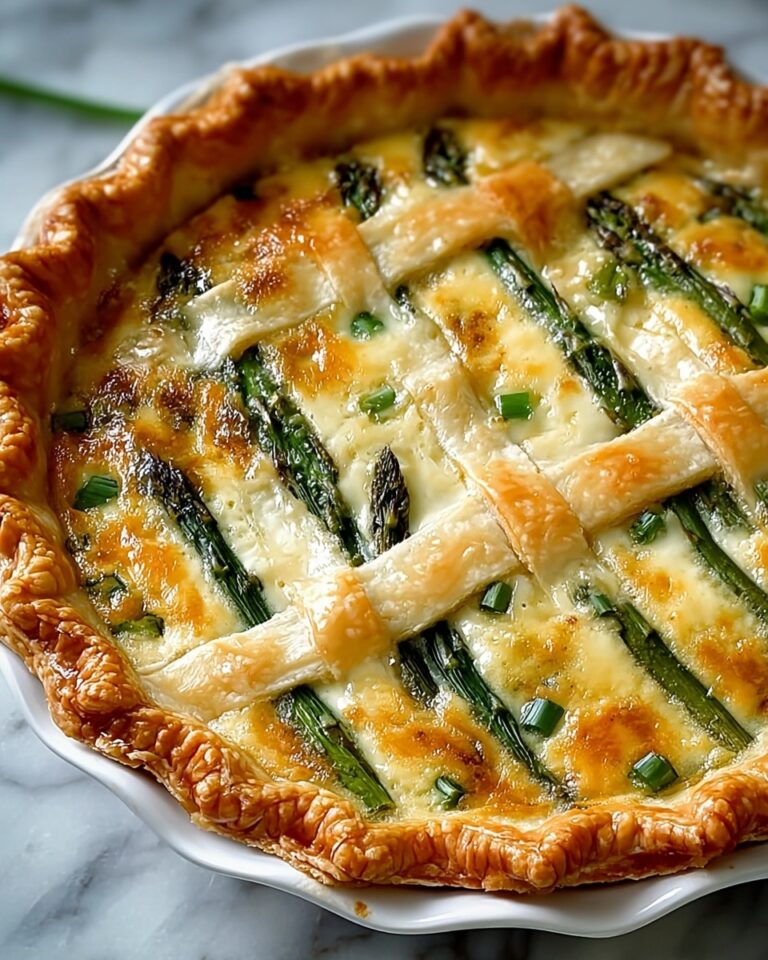If you have ever dreamed of biting into a loaf of homemade bread that is both irresistibly soft and beautifully fluffy, then this Soft and Fluffy French Bread Recipe is about to become your new favorite. Imagine pulling apart tender slices with a slight golden crust, perfect for spreading butter or sandwich fillings. This recipe brings together simple, everyday ingredients, transformed into a masterpiece of comfort and taste that feels both classic and special all at once. Baking this bread will fill your kitchen with the most delightful aroma, making it impossible to resist a warm slice fresh from the oven.

Ingredients You’ll Need
The magic of this Soft and Fluffy French Bread Recipe lies in its simplicity: just a handful of essential ingredients that work together to create an amazing texture and flavor. Each one plays a key role, from the flour giving structure, to the yeast helping the bread rise beautifully, and the sugar adding just the right touch of sweetness for a golden crust.
- All-purpose flour (2.5 to 3 cups): Provides the perfect gluten base to keep the bread soft yet sturdy.
- Warm water (1 cup): Activates the yeast and hydrates the dough for that fluffy texture.
- Olive oil (1 tablespoon): Adds moisture and a subtle richness to the bread’s crumb.
- White granulated sugar (1 tablespoon): Feeds the yeast and helps develop a slight sweetness and golden crust.
- Salt (1 teaspoon): Enhances all the flavors and balances the sweetness in the bread.
- Active dry yeast (2 teaspoons): The secret powerhouse for that soft, airy rise.
- Egg (1, beaten): Used for brushing, it gives the crust a beautiful, glossy finish.
How to Make Soft and Fluffy French Bread Recipe
Step 1: Activate the Yeast
Start by combining the warm water and sugar in a small bowl. Sprinkle the yeast on top and let it sit for about 5 to 10 minutes until it becomes frothy and bubbly. This step is vital because it confirms your yeast is alive and ready to help your dough rise perfectly.
Step 2: Mix the Dough
In a large mixing bowl, combine 2.5 cups of all-purpose flour with salt. Add the olive oil and the activated yeast mixture. Stir until the ingredients come together into a soft dough. If the dough is too sticky, gradually add more flour, up to 3 cups total, until it feels just right—not too dry, not overly sticky.
Step 3: Knead Until Smooth
Turn the dough out onto a lightly floured surface and knead it for about 8 to 10 minutes. Kneading develops gluten, which is what gives your bread that perfect texture—soft on the inside but with enough structure to hold its shape. When the dough feels smooth and springs back gently when pressed, you’re ready for the next step.
Step 4: First Rise
Place your dough in a lightly oiled bowl, cover it with a clean kitchen towel or plastic wrap, and let it rise in a warm spot for about 1 hour or until it doubles in size. This slow rise allows the yeast to develop flavors and creates those lovely air pockets inside the bread.
Step 5: Shape the Loaf
Once risen, gently punch down the dough to release excess air. Shape it into a loaf by rolling it into a smooth cylinder and tucking the ends underneath to form a neat oval. Place your shaped loaf onto a greased or parchment-lined baking sheet.
Step 6: Second Rise and Egg Wash
Cover the loaf again and let it rise for 30–45 minutes until it puffs up. Before baking, brush the top with the beaten egg. This egg wash is the secret to a shiny, golden crust that makes the bread irresistible.
Step 7: Bake to Perfection
Bake your bread in a preheated 375°F (190°C) oven for about 25 minutes. Keep an eye on it—when the crust turns a gorgeous deep golden and the loaf sounds hollow when tapped underneath, it’s done. Let it cool slightly before slicing to enjoy that signature soft and fluffy texture.
How to Serve Soft and Fluffy French Bread Recipe

Garnishes
A sprinkle of sea salt, fresh herbs like rosemary or thyme, or a light brush of garlic butter can elevate this French bread from simple to spectacular. These garnishes add bursts of flavor with every bite and make for a stunning presentation at any meal.
Side Dishes
This bread pairs wonderfully with soups, stews, or hearty salads. Imagine dipping a warm slice into a rich tomato bisque or serving alongside a fresh garden salad—a combination that is both comforting and balanced.
Creative Ways to Present
Transform your loaf into a centerpiece by slicing it thick and layering with cheeses, meats, and spreads for a beautiful open-faced sandwich platter. Alternatively, use slices to create mini bruschettas topped with fresh tomatoes, basil, and a drizzle of balsamic glaze for a crowd-pleasing appetizer.
Make Ahead and Storage
Storing Leftovers
Keep your leftover bread fresh by storing it in an airtight container or bread box at room temperature. This will preserve its softness for up to two days, making it perfect for sandwiches or snacking.
Freezing
To enjoy your Soft and Fluffy French Bread Recipe any time, slice the loaf and freeze it in a resealable bag. This way, you can pull out just what you need and avoid waste. Frozen bread stays good for up to three months.
Reheating
When you’re ready to enjoy your bread, gently reheat slices in a toaster or warm in the oven at 350°F (175°C) for 5 to 10 minutes. This brings back that fresh-baked softness and warmth, as if it just came out of the oven again.
FAQs
Can I use bread flour instead of all-purpose flour?
Yes, bread flour can be used and will yield a chewier texture due to its higher protein content. However, for this Soft and Fluffy French Bread Recipe, all-purpose flour offers a softer crumb perfect for the classic texture.
How do I know if my yeast is still good?
If your yeast mixture bubbles and froths after mixing with warm water and sugar, it’s alive and active. If it doesn’t foam after 10 minutes, it’s best to use a fresh packet to ensure a good rise.
Can I make this bread without an egg wash?
Absolutely! Although the egg wash gives the crust a shiny, attractive finish, omitting it will still result in delicious bread. For a vegan option, you can brush the top with melted coconut oil or milk alternatives for a similar effect.
How long does the dough need to rise?
The first rise takes about 1 hour until doubled in size, and the second rise is 30 to 45 minutes before baking. These rises are crucial to achieve the bread’s soft, fluffy texture.
Can I add herbs or cheese to the dough?
Definitely! Adding fresh herbs, shredded cheese, or even garlic powder to the dough will infuse extra flavor, making your Soft and Fluffy French Bread Recipe even more special and personalized.
Final Thoughts
Baking this Soft and Fluffy French Bread Recipe is truly a rewarding experience that fills your home with warmth and delicious aromas. It’s simple enough for beginners but yields a result that feels truly special. Whether you share it fresh from the oven or enjoy it days later, this bread reminds us how wonderful homemade comfort food can be. I can’t wait for you to try it and see just how easy it is to create your own perfect loaf!
Print
Soft and Fluffy French Bread Recipe
- Prep Time: 1 hour 45 minutes
- Cook Time: 25 minutes
- Total Time: 2 hours 10 minutes
- Yield: 1 loaf (about 12 slices)
- Category: Bread
- Method: Baking
- Cuisine: French
Description
This Soft and Fluffy French Bread recipe delivers a tender, airy loaf with a golden crust perfect for sandwiches or serving alongside your favorite meals. Using simple ingredients and a straightforward process, this bread is ideal for home bakers seeking a classic French-style loaf with a soft interior and a light crust.
Ingredients
Dough Ingredients
- 2.5 to 3 cups all-purpose flour
- 1 cup warm water
- 1 tablespoon olive oil (or vegetable oil)
- 1 tablespoon white granulated sugar
- 1 teaspoon salt
- 2 teaspoons active dry yeast
Topping
- 1 egg, beaten (for brushing)
Instructions
- Activate the Yeast: In a small bowl, combine the warm water (about 105-110°F) with the sugar and active dry yeast. Stir gently and let it sit for about 5-10 minutes until the mixture becomes frothy, indicating the yeast is active.
- Mix the Dough: In a large mixing bowl, combine 2.5 cups of the all-purpose flour with the salt. Add the activated yeast mixture and olive oil. Stir until a shaggy dough forms. If the dough is too sticky, gradually add more flour until it is soft but not stiff.
- Knead the Dough: Turn the dough onto a floured surface and knead for about 8-10 minutes until the dough is smooth, elastic, and slightly tacky. You can also use a stand mixer fitted with a dough hook for this step.
- First Rise: Place the kneaded dough into a lightly oiled bowl, cover it with a damp cloth or plastic wrap, and let it rise in a warm place for about 1 hour or until it doubles in size.
- Shape the Loaf: Punch down the risen dough to release air. Shape it into a loaf by folding and rolling it into a smooth oval or rectangle shape. Place the shaped dough onto a baking sheet lined with parchment paper.
- Second Rise: Cover the shaped loaf loosely and let it rise again for about 30-45 minutes until it puffs up noticeably.
- Preheat the Oven: Preheat your oven to 375°F (190°C) while the dough is undergoing its second rise.
- Brush with Egg Wash: Just before baking, brush the top of the loaf with the beaten egg to achieve a shiny, golden crust.
- Bake: Bake the loaf in the preheated oven for 20-25 minutes or until the crust is golden brown and the bread sounds hollow when tapped on the bottom.
- Cool: Remove the bread from the oven and transfer to a wire rack to cool completely before slicing. This prevents the bread from becoming gummy inside.
Notes
- The water should be warm but not hot to prevent killing the yeast.
- Adjust flour quantity based on humidity and dough consistency; dough should be soft but manageable.
- Use a kitchen thermometer to ensure accurate water temperature for yeast activation.
- Brushing with egg wash helps develop a beautiful golden crust but can be omitted for a softer crust.
- For a crispier crust, place an oven-safe dish with water in the oven to create steam during baking.
- Store bread in a paper bag or bread box to maintain its crust and texture.








